10 Chambers Takeaways From Cisco Partner Summit

View From The Top
Cisco Chairman and CEO John Chambers isn't known for glibness or being short-winded: a Chambers answer to even a quick question can be an exploration. In an hour-long discussion with press and analysts at this week's Cisco Partner Summit -- and later at the event's closing keynote -- he took on a range of topics, from Cisco's competitive edge to his succession plans. Here's a look at 10 key points.
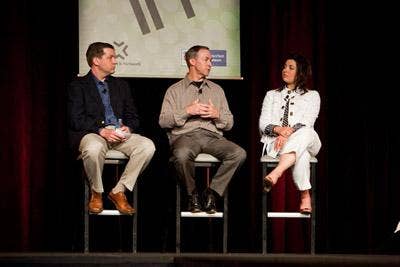
HP? What HP?
Asked why the anti-HP rhetoric had been downplayed at this year's Summit as compared to last year's, Chambers said Cisco isn't focused on HP.
"We don't focus on other companies," he said. "We focus on market transitions."
It was a theme he'd reiterate in the Partner Summit's closing keynote, in which Chambers described how if companies wait too late to embrace and capitalize on market transitions, they get "clobbered." He mentioned HP directly only once, comparing how Cisco's Unified Computing System (UCS) had hit seven industry benchmarks for performance compared to one for rival systems from IBM and zero for HP.

Numero Uno
Chambers noted, "Every time we've entered a market, we become the No. 1. player," implying that as Cisco extends its reach into areas such as consumer networking, videoconferencing and the data center, it will do what it did with voice nearly a decade earlier: buy in, meet industry skepticism and take over.
According to Chambers, 70 percent of Cisco's acquisitions meet or exceed his executive team's initial expectations for financial performance.
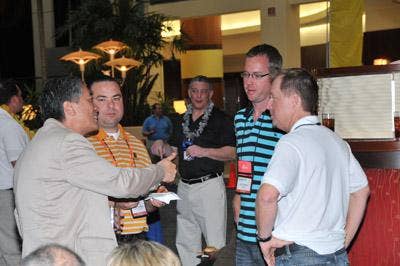
Architecture vs. Products
Chambers sought to portray Cisco as building architectures -- driving interoperability between all of its products -- instead of pushing boxes.
"It's not about delivering commodity products. It's the ability to offer transformational change," he said.

Utility Business
One of Cisco's biggest new initiatives is marrying efficient technology to energy, in the form of Smart Grids and other projects. According to Chambers, Cisco is working all over Europe, especially, with partners like GE, on energy grid development.
You're moving around electricity in utilities, he said, "instead of zeros and ones."

Cloud Growth
Asked about Cisco's cloud strategy, Chambers deferred to Cisco CTO Padmasree Warrior, who leads Cisco's efforts on the subject. Warrior said during the press roundtable that Cisco takes "a pragmatic approach" to cloud, which Cisco considers a "major disruption" as a technology model. Opportunity in the service provider space is growing now, Warrior explained, and enterprise technology to support internal, private clouds is next up.
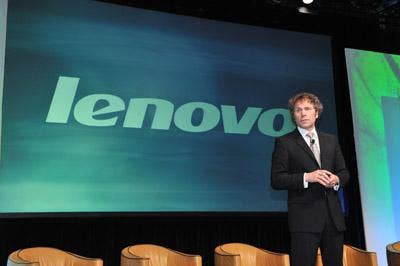
Motoring Through The Downturn
Throughout Partner Summit, Chambers described the economic downturn to partners as "the greatest opportunity we've ever had together." He said that the roots of Cisco's architecture approach to technology go back at least 10 years, when, he said, he and Cisco knew to keep an eye on new business architectures, new technology architectures and consumer technology infiltrating the enterprise/ commercial marketplace.
Cisco's any-to-any strategy, he said, is starting to play out, in that the goal is to provide "any content to any device, and the network has an intelligence throughout."

Changing Management Style
Aligning Cisco for growth coming out of the downturn also required Chambers and Cisco's executive team to shift from a "command and control" management style -- which Chambers called "static" -- to what he described as more collaboration and a "dynamic network organization structure."
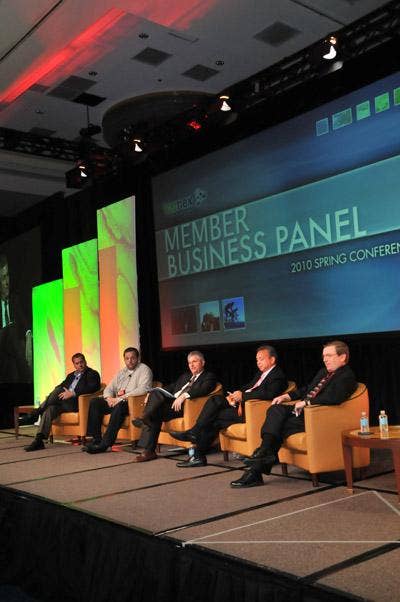
Succession Plans
Chambers likely plans to stick around for another half decade and then move to the Cisco board full time as another CEO steps in. He didn't indicate who, though many observers see Rob Lloyd, Cisco's executive vice president of worldwide operations, as the heir apparent.
"I'll probably move to chairman next and remain committed to the board, within three to five years, assuming my health holds up," Chambers said. "My goal is that you won't notice when I leave. Barring a surprise or me disappointing, it'll be three to five years."
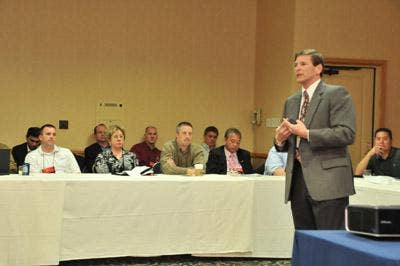
Small-ish Video
Warrior again described video as "the killer app," and Chambers later said that in the future, small businesses would derive more benefits from video platforms than big businesses. Small and midsized video is poised to be an emerging opportunity for VARs, he suggested.
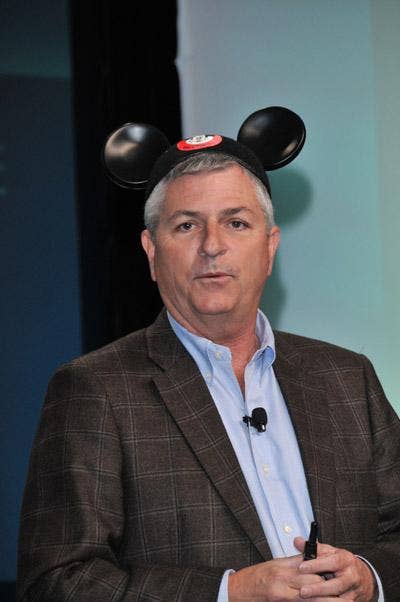
Simpler Tech
Simpler, consumer-driven design for new technologies didn't come up in Chambers' roundtable with press and analysts, but it was a key message in his Summit-closing keynote for partners.
"You have to think consumer, ease of use, and it's got to be CEO idiot-proof," Chambers said. "We need the ability to think more from a consumer mentality. While Linksys was spectacular, it was designed for real techies."